Retro Replay Review
Gameplay
William R. Fisher’s Beyond the Spirit’s Eye greets players with a classic first-person adventure setup, inviting you to navigate the haunted corners of ShadowCrest with only your wits, a mouse, and occasional keyboard commands. Exploration is at the heart of this experience: every creaking floorboard, flickering lamp, and locked door could be hiding a clue or a vital item to break the Eye of Arcarous’s curse. The intuitive point-and-click mechanics keep the focus on immersion rather than complicated button combos, though keyboard entries are required for deciphering codes and activating certain devices.
Puzzles range from environmental riddles that force you to piece together lore from scattered notes, to inventory-based challenges that demand creative item combinations. The difficulty curve is generally well-balanced: early tasks ease you in with simple fetch quests and lock-and-key puzzles, while later challenges put your observational skills to the test with multi-step solutions that tie directly into the game’s rich backstory. Occasional “pixel hunting” can slow the pace, but a thoughtfully placed hint system ensures you won’t stay stuck for long.
Interaction with NPCs—most notably the gypsy witch who summons you and the skeletal guardians who stalk the town—unfolds through on-screen dialogue boxes and triggered cutscenes. Though dialogue choices are limited, the atmosphere they create deepens the sense of dread. Overall, Beyond the Spirit’s Eye delivers a satisfying mix of investigation, puzzle-solving, and occasional adrenaline spikes when the cursed guardians draw near.
Graphics
The game’s visuals consist of richly detailed full-color still images for each location, punctuated by short video cutscenes that bring key story moments to life. ShadowCrest’s Victorian-era architecture, overgrown graveyards, and fog-shrouded docks are rendered with a painterly attention to atmosphere—every frame feels like a gothic postcard come alive. The color palette leans heavily on deep blues, grays, and sickly greens, reinforcing the game’s horror themes.
Cutscenes and monster animations add dynamic flair, though they occasionally exhibit lower resolutions or slight stuttering on older hardware. Still, these moments are effective in jolting the player: a sudden skeleton rise or the eerie glow of the Eye of Arcarous is enough to raise goosebumps. Sound design complements the visuals with distant whispers, creaking doors, and a haunting score that swells at critical junctures.
Menus and inventory screens maintain the same high level of polish, featuring crisp icons and readable text. While the interface doesn’t reinvent the wheel, it remains straightforward and responsive. Overall, Beyond the Spirit’s Eye may not boast cutting-edge 3D graphics, but its art direction and soundscape combine to deliver a memorably immersive horror setting.
Story
Beyond the Spirit’s Eye picks up the haunting tale of ShadowCrest first introduced in The Romantic Blue and further explored in Shadows of the Servants. Here, a gypsy witch calls upon the player to confront an ancient menace unleashed by Captain Marcos’s ill-fated discovery of the Eye of Arcarous. As the curse fanned out from the captain’s home, insanity, vampirism, and death blighted the town, leaving only skeletal guardians to protect the Eye’s secrets.
The narrative unfolds through a tapestry of journals, letters, and spoken incantations, each fragment revealing more about the gem’s origins and the lengths to which its protectors will go. Fisher weaves a compelling backstory: you’re not merely searching for keys and levers, but piecing together the tragic history of a town ensnared by dark magic. NPC interactions deepen the lore, from whispered warnings of displaced spirits to hints of a final ritual that promises redemption—or utter destruction.
Despite its supernatural premise, the story resonates on a human level. The fate of Captain Marcos, the desperation of parents who lost children to the curse, and the gypsy witch’s moral ambiguity all evoke genuine empathy. An occasional exposition dump can feel heavy, but it’s outweighed by the constant sense of discovery and the mounting dread as you close in on the Eye’s hidden lair.
Overall Experience
Beyond the Spirit’s Eye stands as a lovingly crafted point-and-click horror adventure that balances atmosphere, story depth, and puzzle variety. Fans of classic 1990s-style mystery games will feel right at home, while newcomers seeking a slower-burn horror experience will find plenty to admire in ShadowCrest’s fog-shrouded streets. The game’s moderate length—typically around 8–10 hours for a thorough playthrough—strikes a sweet spot between exploration and pacing.
Technical performance is generally smooth, though some players on older machines may encounter minor video hitches during cutscenes. The hint system and clear journal entries mitigate frustration during trickier puzzles, ensuring the game remains accessible without sacrificing challenge. A haunting musical score and well-timed sound effects keep tension high, even during quieter moments.
In the end, William R. Fisher’s Beyond the Spirit’s Eye offers a deeply atmospheric, puzzle-rich journey into a cursed coastal town. Its blend of gothic storytelling, evocative visuals, and engaging gameplay make it a worthy follow-up to Fisher’s earlier titles and a must-play for adventure aficionados seeking a spine-tingling escape.
 Retro Replay Retro Replay gaming reviews, news, emulation, geek stuff and more!
Retro Replay Retro Replay gaming reviews, news, emulation, geek stuff and more!
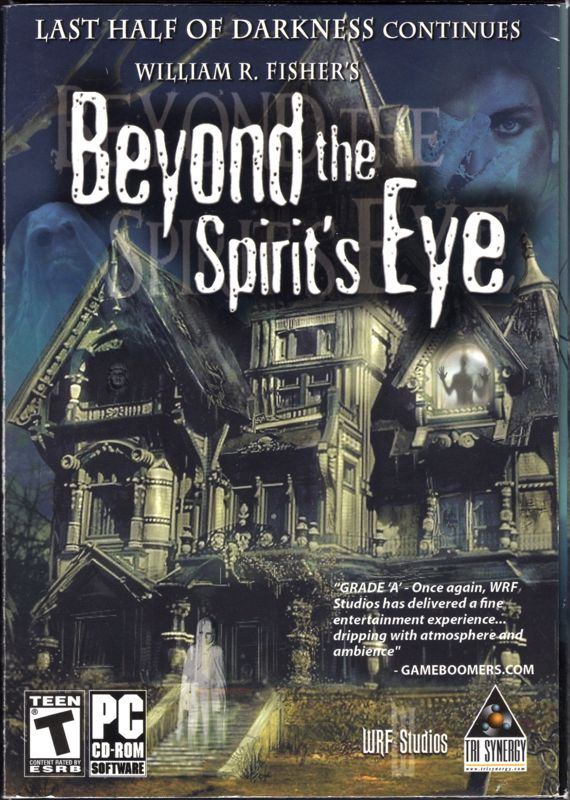
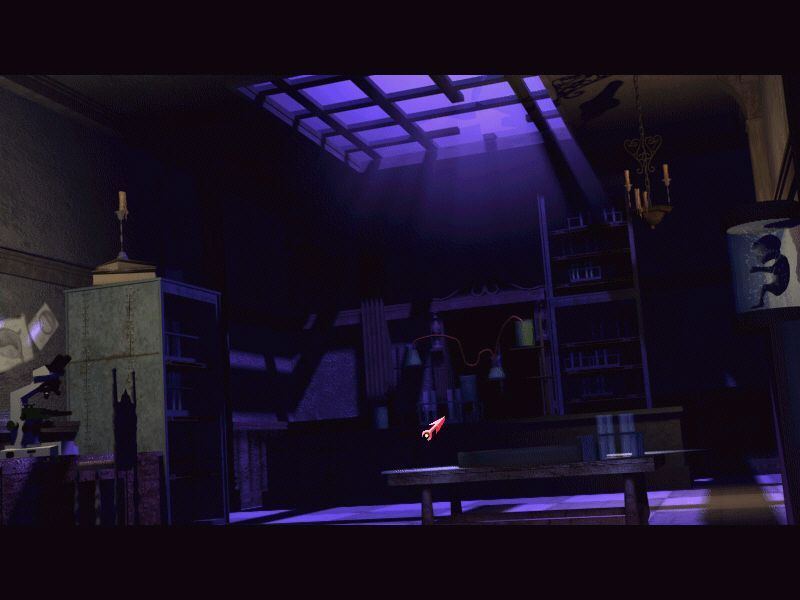
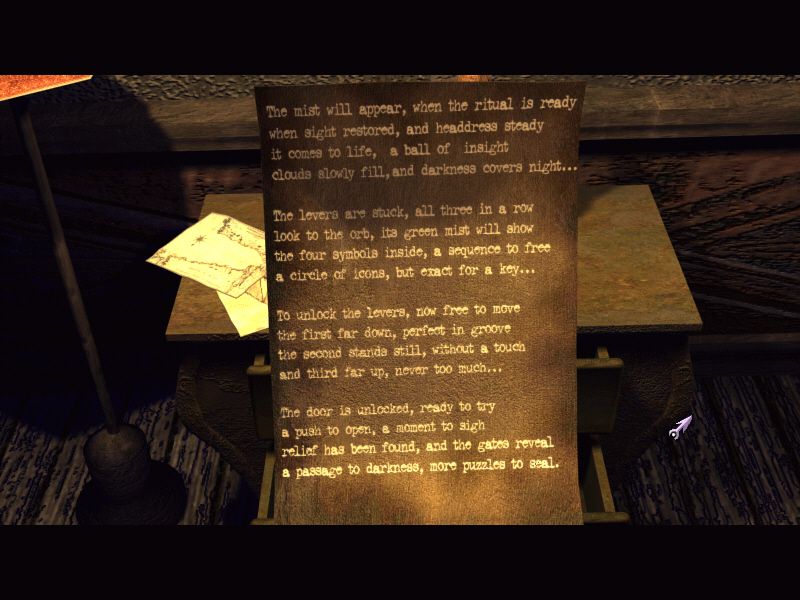
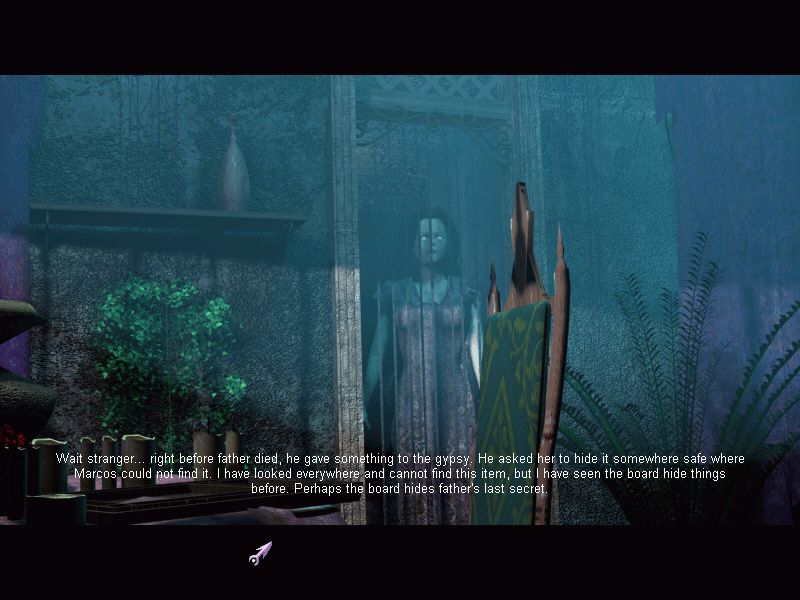
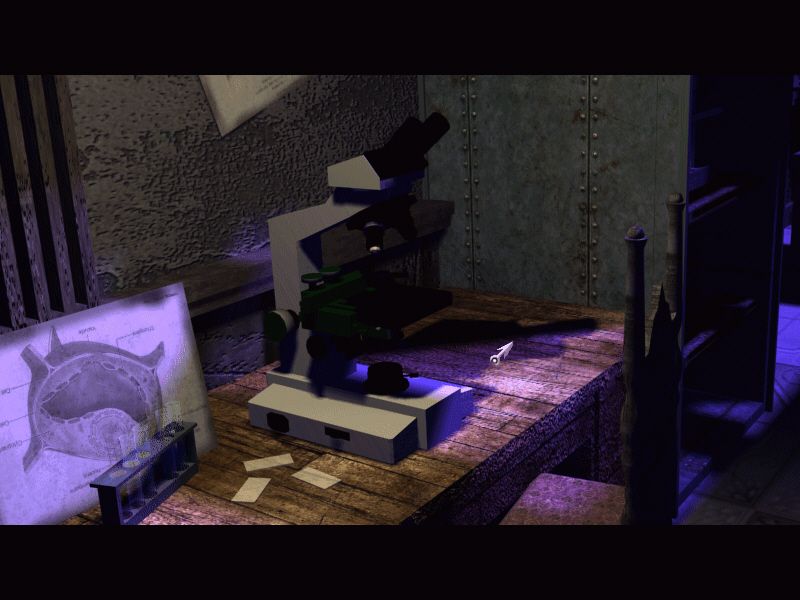
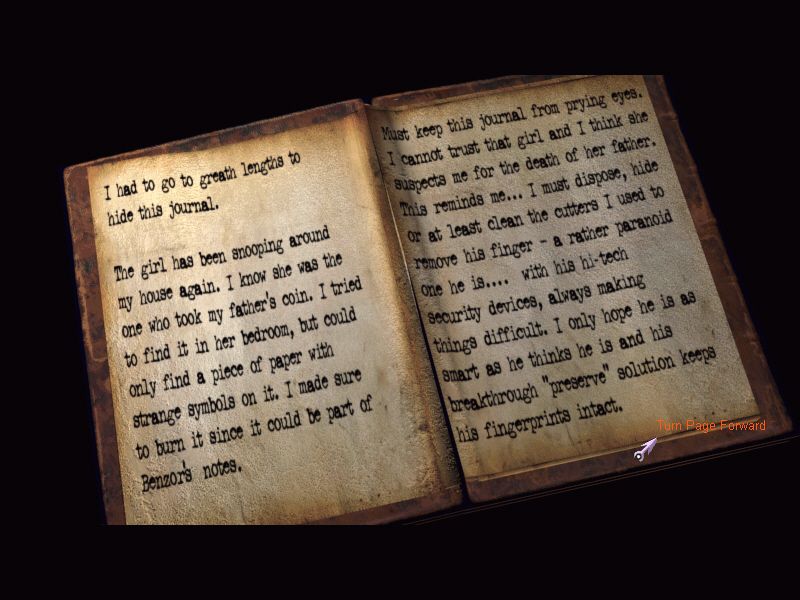



Reviews
There are no reviews yet.